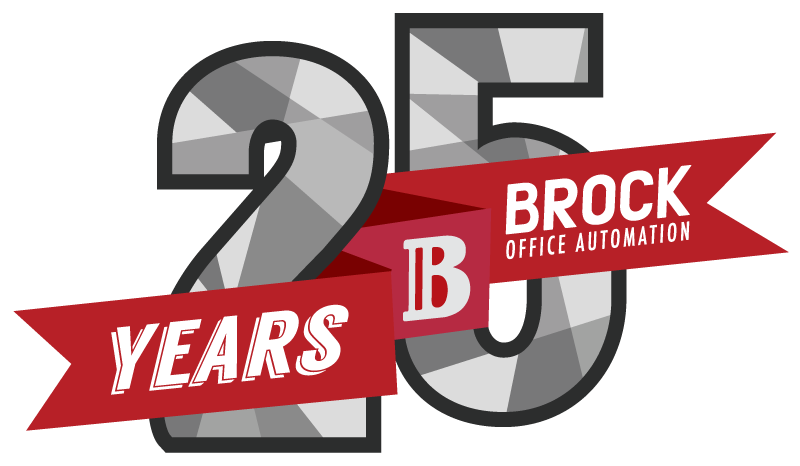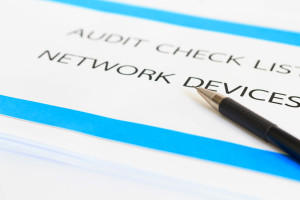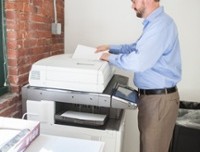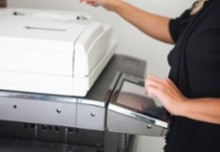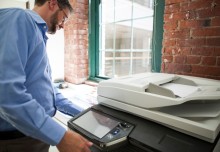Businesses in any industry face a huge number of operating costs. Some of these, like payroll, rent, and property taxes are fixed and can be tracked easily. Others are variable and can end up costing a business far more than expected if they aren’t tracked and controlled properly. Costs associated with printing extend beyond just buying paper, ink and toner. By performing a print audit in your office, you’ll be able to significantly reduce costs across the board.
The hidden expenses of printing
It goes without saying that the primary expenses related to printing are for ink or toner and paper. But it’s easy to forget that each printer or copier running in an office contributes to electricity usage, maintenance, and help desk issues. When an office is running multiple printers, many of which are connected locally (directly to a workstation), the costs escalate quickly. Even when there are rules and procedures in place to prevent the purchase and installation of new devices, they still tend to appear at a surprising rate.
An organized print audit collects valuable data
The first step of any print audit is to take an inventory of all devices both on the network and connected locally and investigate what is being printed and where. There are low impact software tools that can be acquired through your office equipment supplier that can be implemented on your network server that collect data from connected printers and workstations regarding the devices being used and their output. You’ll receive information about usage on each device as well as consumable usage and volume.
By reviewing that information against supply invoices for consumables (including servicing expenses) and understanding the individual costs associated with each printer, you’ll get a picture of what you’re spending on output over a given period of time and where the biggest expenses are coming from.
Print audits do more than reduce costs
An important step in the print audit is to speak to users, departments and workgroups regarding their usage, especially if additional office machines have been added locally. This will allow you to compare the applications being used and their output against the devices that are performing the tasks. In doing so, the cost of a device will be tied to its usage allowing you to possibly identify lower-cost solutions that meet your teams’ needs. You’ll also have the opportunity to uncover challenges that your workforce faces in their output that lead to the adding of devices and find alternatives to alleviate them. You’ll likely be able to reduce the number of machines running in your office which will in turn alleviate the help-desk issues associated with them as well as the expenses.
Get help from outside
Your office equipment dealer is a great resource for performing an audit on your business’ print output and costs. They have specialized knowledge and experience in the field and will be able to suggest the best practices for managing your output-associated costs, using either new or existing technology.
Brock Office Automation, serving Niagara and Hamilton, can assist with an audit of your office to identify challenges and improve the overall efficiency and profitability of your business.
